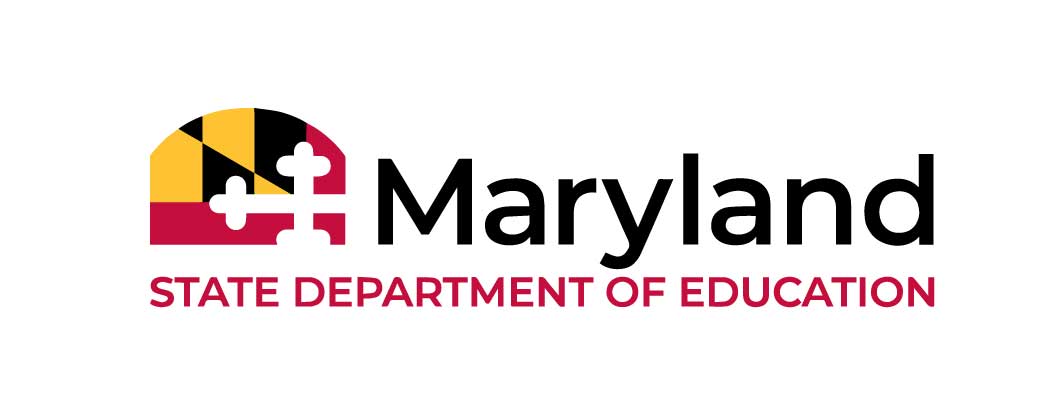Transition Talks: Interagency Collaboration

The Secondary Transition process involves so much more than teachers and students. In order for a successful transition from school to a fulfilling life to occur, collaboration and coordination of multiple parties is often necessary. The local school system, state agencies, adult service providers, employers, institutes of higher education as well as families and students can be key partners.
Interagency collaboration is considered an evidenced-based best practice in school-to-work transition to achieve positive post-school outcomes for students with disabilities. Interagency collaboration has been operationally defined as “a clear, purposeful, and carefully designed process that promotes cross agency, cross program, and cross disciplinary collaborative efforts leading to tangible transition outcomes for youth.”
Benefits of interagency collaboration include the pooling of funding sources, sharing of staff knowledge and expertise, and coordination of services for students and families. Interagency collaboration may include streamlined strategies to engage employers through “one-stop” career centers, seamless services focused on specific populations, or interagency agreements regarding services or data sharing between VR agencies and other entities such as colleges, industry, or other government agencies.
When all partners collaborate, all partners enjoy the benefits and postsecondary outcomes for youth with disabilities!
Spotlight
State Agency Transition Collaborative of Maryland (SATC-MD)
Maryland was chosen to receive intensive technical assistance from the National Technical Assistance Center on Transition (NTACT) to support efforts in improving state-level coordination of transition services leading to an increase in employment and postsecondary education outcomes for all students with disabilities. SATC-MD’s purpose is to assist Maryland’s State Education Agency, Local Education Agencies, State Vocational Rehabilitation (VR), and VR service providers to implement evidence-based and promising practices ensuring Maryland students with disabilities, including those with significant disabilities, graduate prepared for success in postsecondary education and employment.
SATC-MD focuses on the values and systems alignment needed to support all youth with disabilities and their families to successfully transition from school to Community, Career and/or College. SATC-MD is working to ensure all students with disabilities have a postschool pathway and exit school connected to that path.
Questions to Consider
- What are the student’s postsecondary goals?
- What organizations or agencies outside of the local school system provide services to assist in achieving post-secondary goals and how do you access them?
- What are the eligibility requirements for agencies/organizations?



